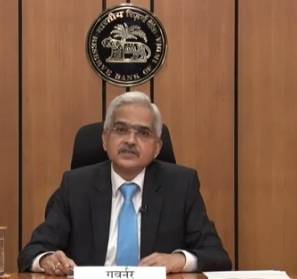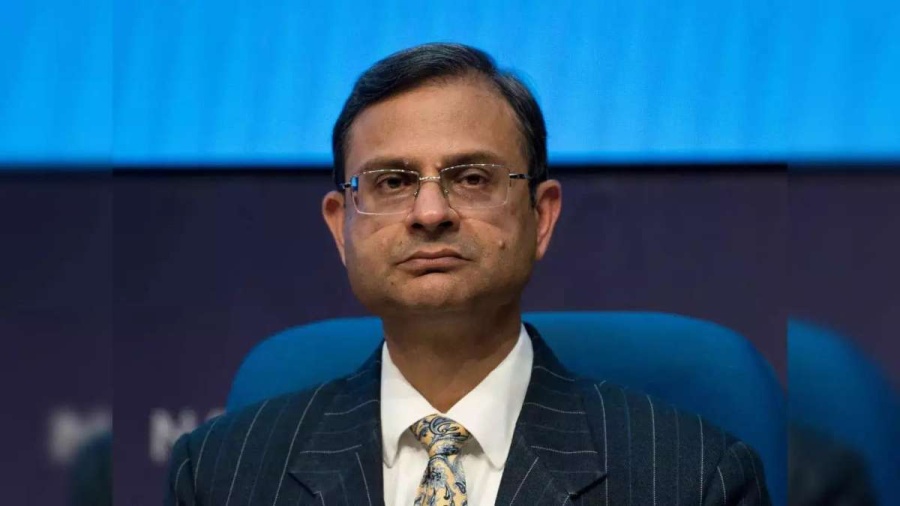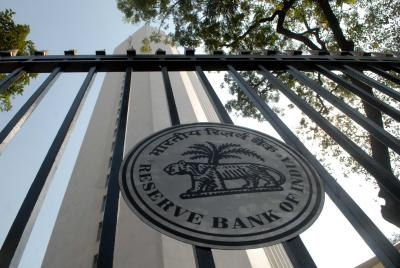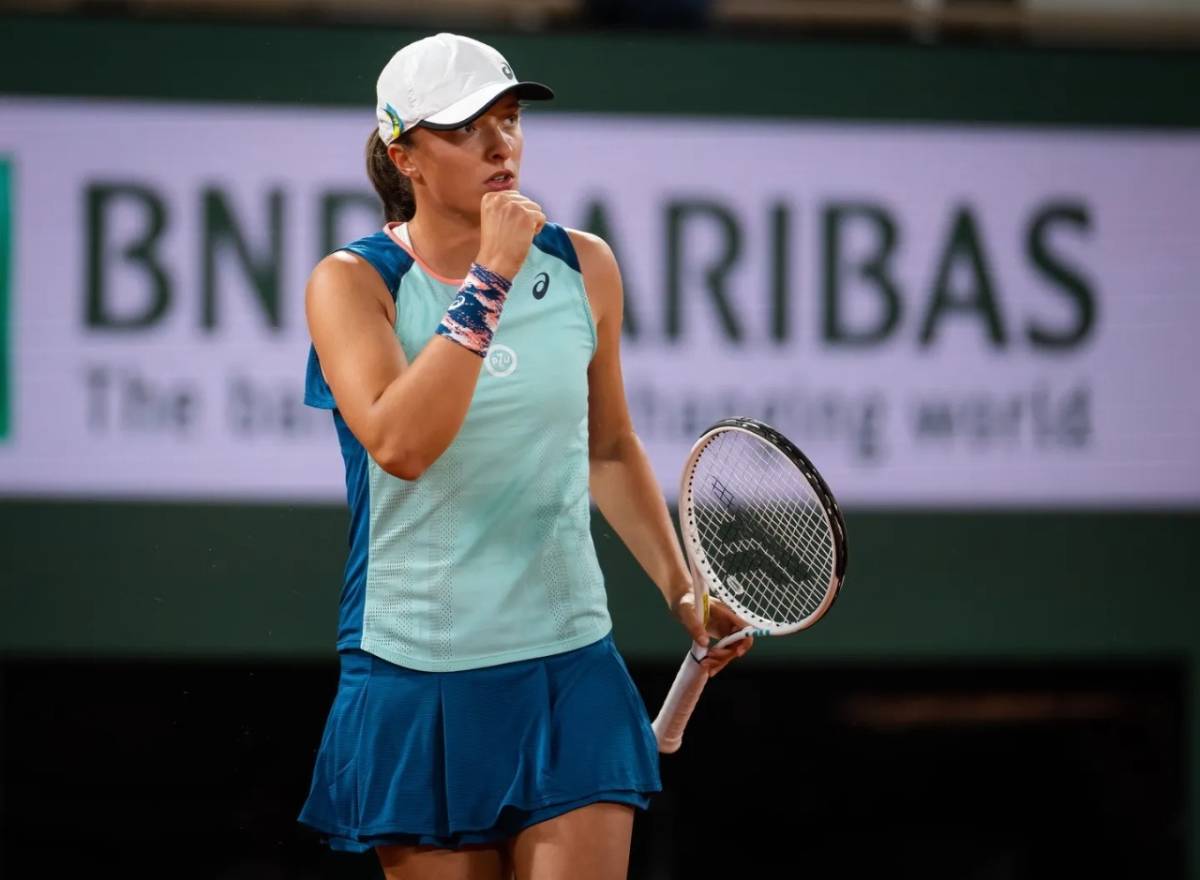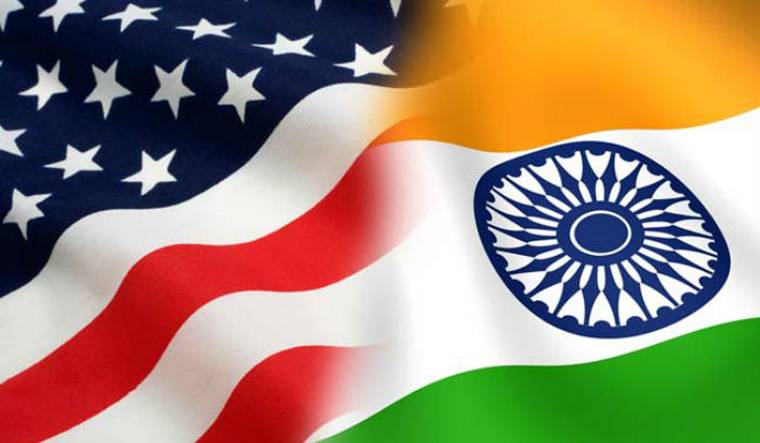The RBI raised its key interest rate by 50 basis points on Wednesday, and raised its inflation projection to above target for this year…reports Asian Lite News
The Reserve Bank of India has raised the repo rate by 50 basis points to 4.9 per cent, Governor Shaktikanta Das said on Wednesday, adding that inflation was likely to remain above the upper tolerance level for three quarters of this financial year.
He was speaking at a press conference after the end of the three-day monetary policy review meeting that started on Monday.
Though the RBI raising policy rates in the ongoing monetary policy committee meeting was a “no brainer”, as said by its Governor Shaktikanta Das in a recent interview, investors, however, awaited the actual degree of percentage hike before taking fresh positions and future course of action in the financial markets.
In early May, the RBI, in a surprise off-cycle meeting, hiked the repo rate by 40 basis points (bps) to 4.40 per cent, amidst rising inflation concerns in the economy. Repo rate is the rate at which the central bank lends short-term funds to banks.
In the same off-cycle meeting, case reserve ratio was hiked by 50 basis points to 4.5 per cent essentially to squeeze out some liquidity from the system.
India’s retail inflation accelerated to 7.79 per cent in April, remaining above the tolerance limit of the central bank RBI for a fourth month in a row. It is highly likely that the retail inflation will remain above 6 per cent for another few months.
Das on Wednesday categorically said India’s retail inflation is likely to stay above the tolerance level till third quarter of FY23 before moderating below 6 per cent.
For FY23, RBI sees overall inflation at 6.7 per cent, with 7.5 per cent in Q1, 7.4 per cent in Q2, 6.2 per cent in Q3, and 5.8 per cent in Q4, taking into consideration the normal monsoon and average crude oil basket price of $105 per barrel.
Notably, wholesale inflation in the country has been in double digit for over a year now.
Coming to growth, India’s real GDP growth in FY23 is seen at 7.2 per cent, will be 16.2 per cent in Q1, 6.2 per cent in Q2, 4.1 in Q3, and 4.0 in Q4, with risks broadly balanced, Das said.
What does it mean?
The immediate impact of a repo rate hike is on retail loans such as home loans.
“Home loan interest rates which had bottomed out around 6.50 per cent in April will now be inching towards 7.60 per cent in June. The back-to-back repo rate hikes will make floating-rate loans longer. For example, if a person had borrowed at 7 per cent for 20 years and if their rate increased to 7.50 per cent, they would need to pay 24 more EMIs,” said Adhil Shetty, CEO, BankBazaar.com.
“If they had opted for an EMI adjustment, their per lakh EMI would increase by Rs 30 in the above example. In essence, their monthly outgo would increase by about 4 per cent. The math is different for each borrower. The key is to pay off the loan in the intended timeframe. Borrowers may use pre-payment methods such as EMI step-ups or lump-sum payments to control their interest burden,” he added.
Last month, the Reserve Bank had raised the repo rate by 40 bps in an off-cycle meeting, making it the first rate hike since August 2018.
“With the repo hike, interest rates on home loans will rise. A total hike of 90 bps within 36 days means all home loans on floating rates will be more expensive. Existing and new borrowers will have to dole out higher EMIs as banks and housing finance companies will pass on the rate hike to them. It may not be the last hike as the RBI is expected to increase the rates through 2022 or till inflation is brought to tolerable levels. Borrowers may either extend their home loan tenures to keep their EMIs unchanged or partially prepay some amount to minimise the burden of added interest. Your credit score will play a key role in helping you access lower interest rates, especially if you refinance your loan,” Mr Shetty further said.
Also, RBI has raised its inflation forecast for the current fiscal to 6.7 per cent due to prevailing geo-political tensions – Russia-Ukraine war.
“The 50 bps repo rate hike comes on the back of persistence of elevated inflation and the continued upside risks. Given that inflation is expected to remain above 6 per cent through 3Q FY23, RBI has to frontload actions. We continue to see another 60-85 bps hike in the rest of FY23 to manage inflationary expectations,” said Upasna Bhardwaj, Chief Economist at Kotak Mahindra Bank.
ALSO READ-RBI hikes repo rate 40 bps to 4.40%


